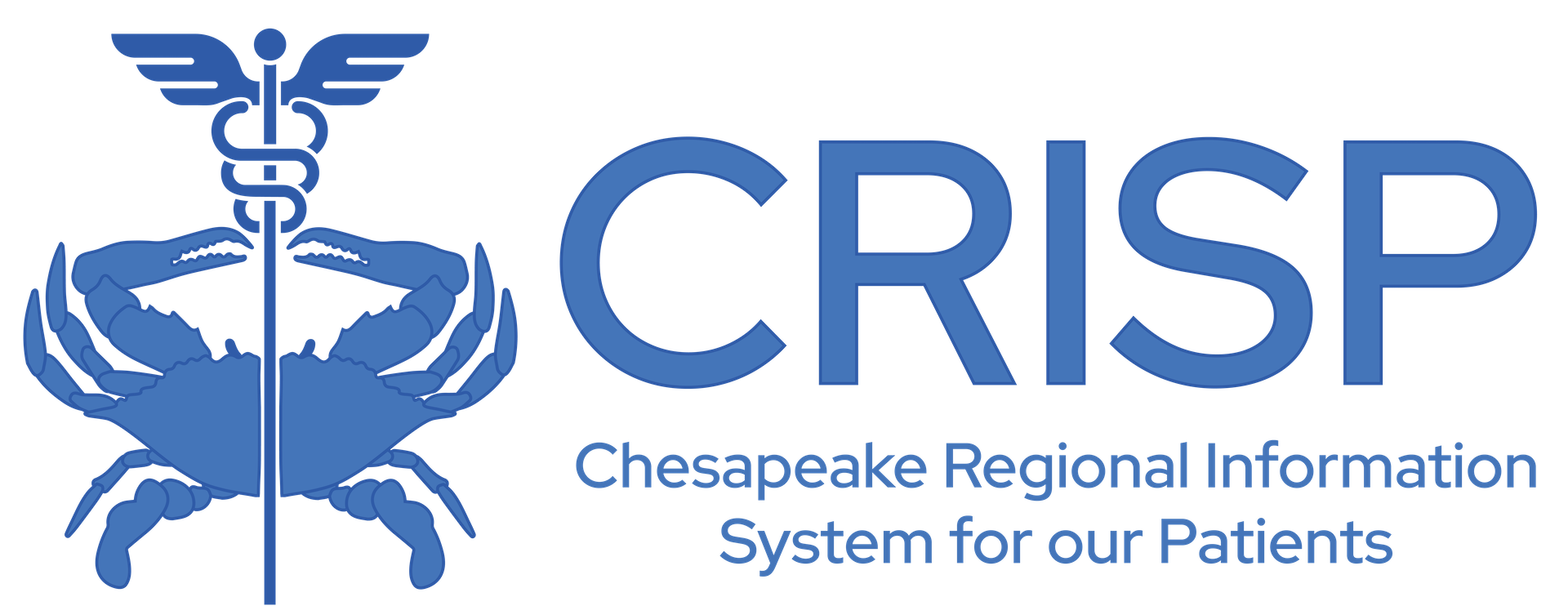Research shows that expeditious and comprehensive treatment of first episode psychosis (FEP) positively impacts a range of clinical and social outcomes. This descriptive study estimated the prevalence of psychosis among Maryland commercial insurance enrollees ages 15 to 30, examined patterns of behavioral health treatment following a diagnosis of FEP, and explored how demographic characteristics and treatment patterns following an FEP diagnosis related to clinical outcomes in the year following diagnosis (excluding the initial 30-days following the diagnosis).
Overall, the patterns of care by age group appeared inconsistent with the evidence that early, aggressive treatment of a first psychotic episode may mitigate the progression to more severe psychosis and functional impairment. Additional analyses suggests that more complex and higher need beneficiaries drive hospital admissions and that these individuals may be prioritized for hospitalization given the limited availability of inpatient psychiatric services in Maryland, particularly for adolescents.
Maryland has an arrangement with the Centers for Medicare & Medicaid Services (CMS) regarding hospital reimbursement based on a fixed global budget to avoid unnecessary inpatient utilization. These alternative reimbursement strategies have resulted in different patterns of care across several dimensions, particularly inpatient care. This report summarizes the results of the investigation that analyzed Maryland hospitals’ performance across different types of inpatient stays and compared that performance to hospitals’ performance in other states, where this arrangement is not implemented.
Overall, the report finds inpatient stays in Maryland are more expensive than inpatient stays in other states when examining allowed amounts only. Key findings include Medical MS-DRGs making up a larger share of total volume of inpatient stays, Maryland generally having a higher 30-day post-discharge spending than other states, and lastly Maryland hospitals tend to have a lower share of stays in the highest severity MS-DRG.
Future research can build on these findings to explore resource use differences between Maryland and other states by controlling for patient case mix and using payment standardized costs.
The Maryland Total Cost of Care (TCOC) Model builds on earlier models that achieved cost savings by focusing on reducing inpatient costs. This report summarizes the total costs of care for Medicare Fee-for-Service (FFS) beneficiaries with 25 chronic conditions, comparing the costs between Maryland and other states. The report contains two main sets of analyses, first looking at high-level trends across conditions, such as the mean annual cost per beneficiary and the prevalence of conditions. The second set of analyses looks in detail at the costs per setting by beneficiary, focusing on conditions, including those where there are the largest overall differences in mean annual allowed amount between Maryland and other states.
Overall, the mean annual allowed amounts tend to be higher for beneficiaries in Maryland than other states with some notable exceptions for neurodegenerative diseases. Maryland’s acute hospitalization costs are higher per beneficiary than other states because of the all-payer nature of hospital reimbursement in Maryland, but the utilization rate remains lower. Other key differences in cost and service utilization include Maryland having lower rates of PAC utilization and Maryland’s mean DME costs are lower, except for endometrial cancer.
This report explores differences in 2019 per-capita costs of care between counties in the Baltimore area and other urban counties in Maryland, before and after risk adjustment for patient complexity. Analyses incorporated data from multiple sources compiled for the purposes of comparing Maryland communities with similar benchmark communities across the United States to monitor health care costs and utilization for individuals covered by employer-sponsored health insurance in Maryland. This report also assessed drivers of differences in per-capita costs, including whether differences were driven by unit cost, versus utilization, and differences in the mix of services provided.
Overall, total costs of care for commercial patients were 4% higher in the Baltimore area than in other urban areas in Maryland, relative to their respective benchmarks. This was driven by relatively higher unit costs in the Baltimore area. The Baltimore area had higher total spending than non-Baltimore urban areas of roughly $40 million in inpatient facility spending and $120 million in outpatient facility spending, which was offset by $86 million less in total spending on professional services and additional benefits
Improving the coordination and safety of patient transitions to, from, and between settings of care is a fundamental domain of population health management. Among individuals eligible for both Medicare and Medicaid, an information gap opens during transitions from receiving long-term services and support (LTSS) to receiving acute care in the hospital setting. In this report, Hilltop discusses the findings of its empirical studies to identify the need for developing a health information exchange (HIE) solution to bridge the information gap during transitions between LTSS and acute care settings among the population of over 100,000 Medicare-Medicaid dually eligible individuals in the state of Maryland. The studies sought to characterize the dually eligible beneficiaries who undergo these transitions, measure the volume of transitions, and identify risk factors derived from the LTSS assessments that are associated with adverse outcomes after their transitions.
Overall, the results of Hilltop’s studies indicate that formalizing and strengthening the data linkage between LTSS and hospital providers by facilitating access to key information from patients’ cognitive and functional assessments can significantly improve the quality of transitional care.
Care Transformation Initiatives (CTIs) are a key component of Maryland’s Total Cost of Care (TCOC) Model. These voluntary initiatives allow hospitals and health systems to test innovations that address specific clinical and population needs and promote efficient use of health care resources. IMPAQ is conducting a two-part evaluation of the CTI program. In this first phase, IMPAQ conducted a mixed-methods evaluation of the CTI program to (1) describe how hospitals designed their CTIs, (2) identify areas of spending that are (or are not) addressed by CTIs, (3) assess how CTIs align with published research on care transformation, and (4) describe the extent to which CTIs address socioeconomic status and race and ethnicity.
Overall, more comprehensive descriptions of CTIs, incorporating behavioral health care into CTIs, leveraging existing quality measures outside of reporting burden, and better aligning CTIs with socioeconomics conditions could lead to improved costs and outcomes.
AIR conducted a two-part evaluation of the Care Transformation Initiative (CTI) program. The first part was a pre-implementation report from 2021, summarizing the design and target areas of the proposed CTIs. This is the second part of their evaluation and will review findings from the first complete year of the CTI program (2021-2022).
The following conclusions were discovered: (1) 32% of CTIs generated savings; (2) On average, across all CTIs, performance year costs exceeded baseline costs by more than $1 million; (3) CTIs with a focus on SDOH, performed better, on average; (4) 86% of hospitals that responded to the AIR survey reported that the implementation of their CTI was positive; (5) 75% of CTIs had fewer episodes during the performance year than at baseline; (6) The majority of interview and survey responses mentioned data access as an area for improvement; and (7) Nearly 95% of hospitals plan to continue the program in the second performance year.








